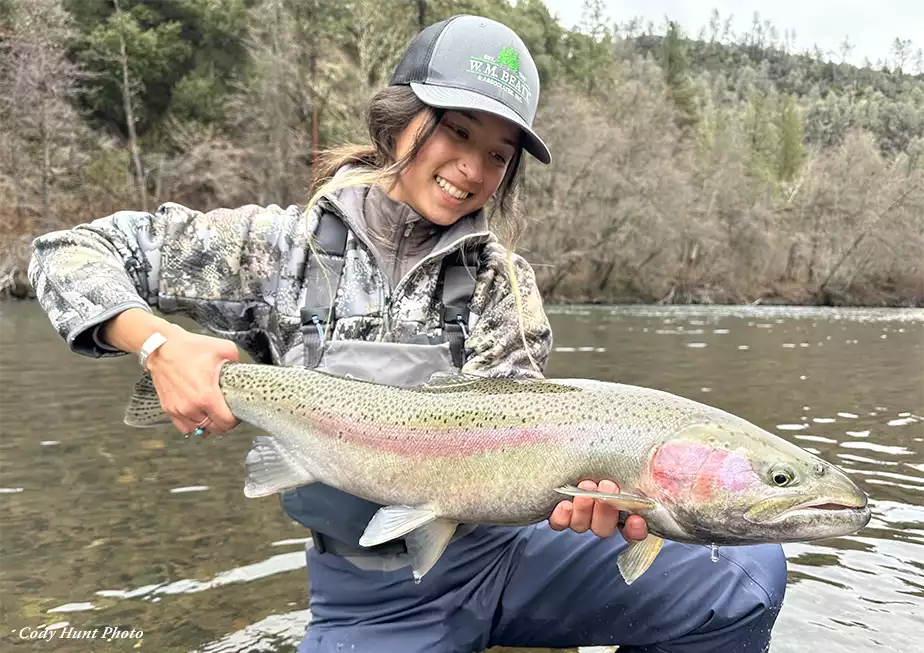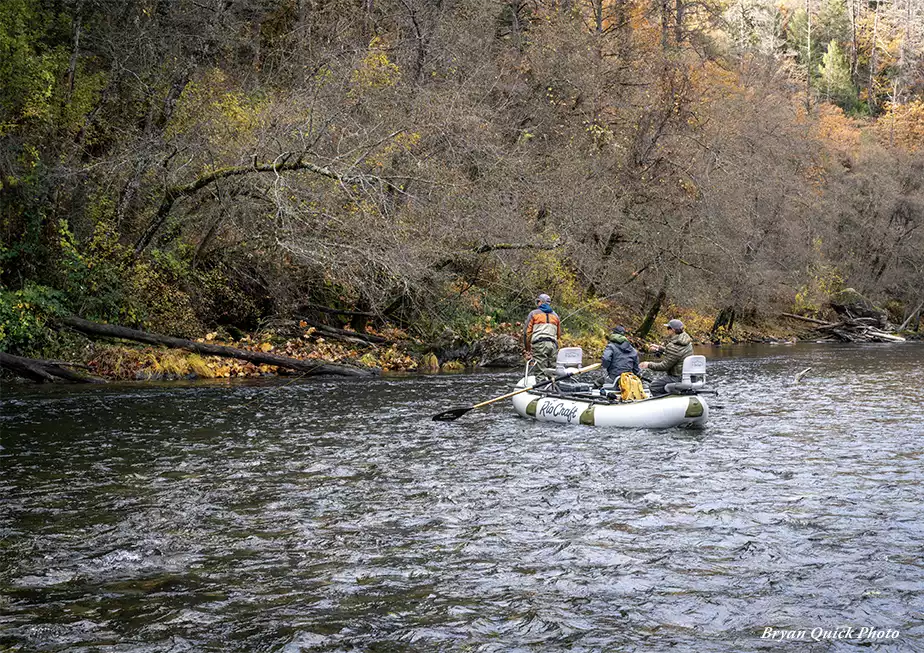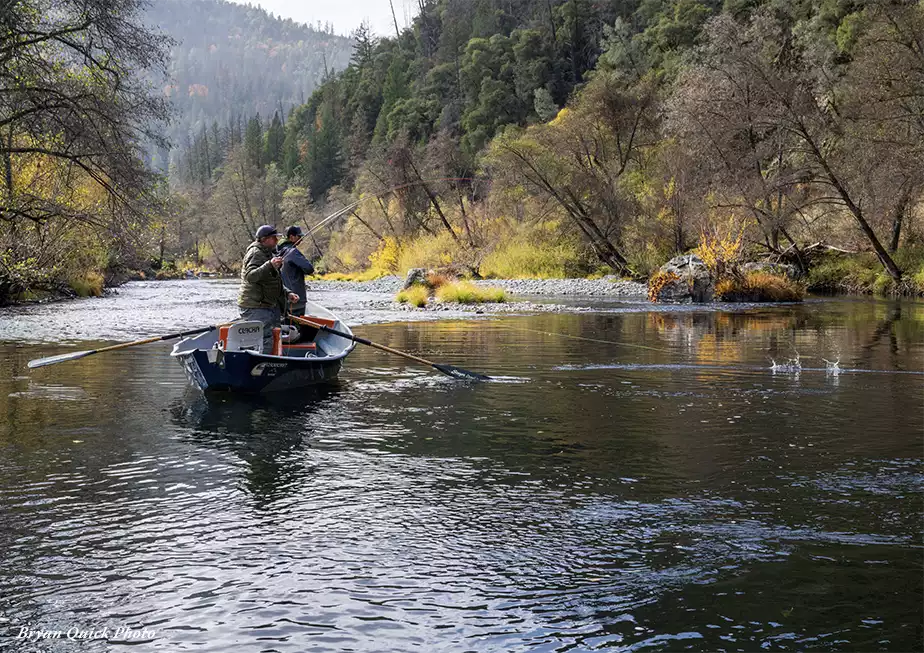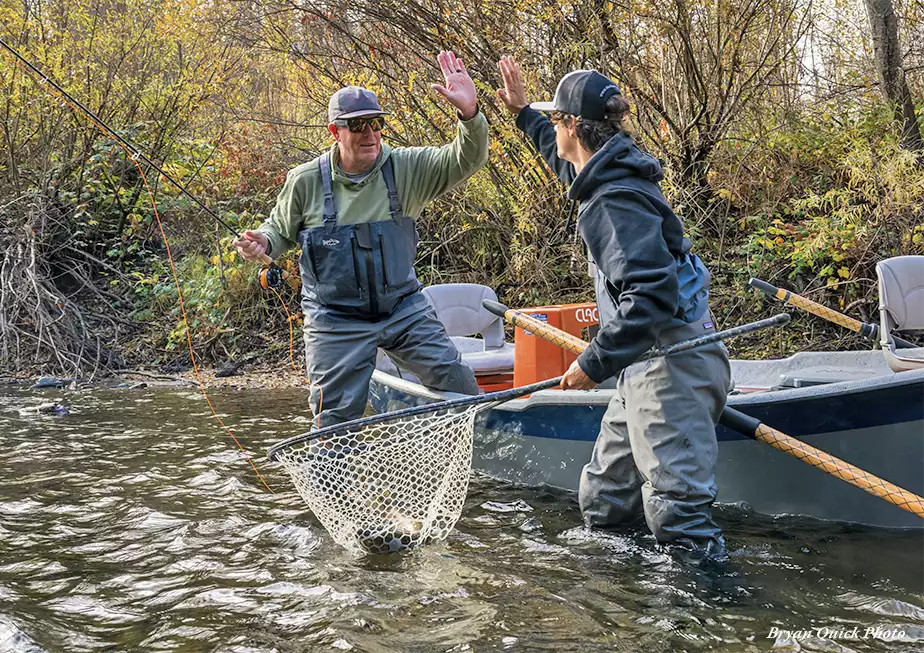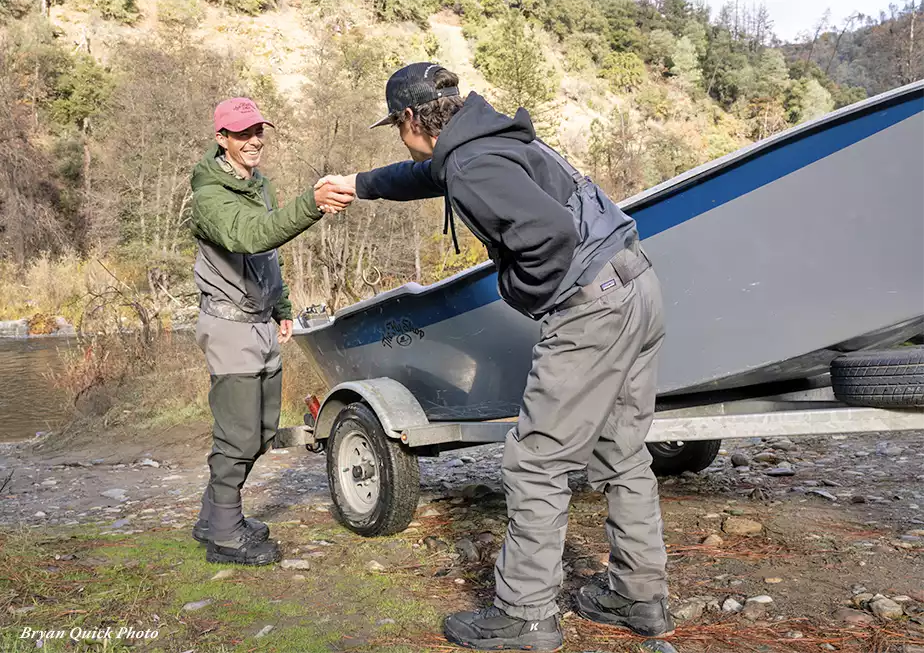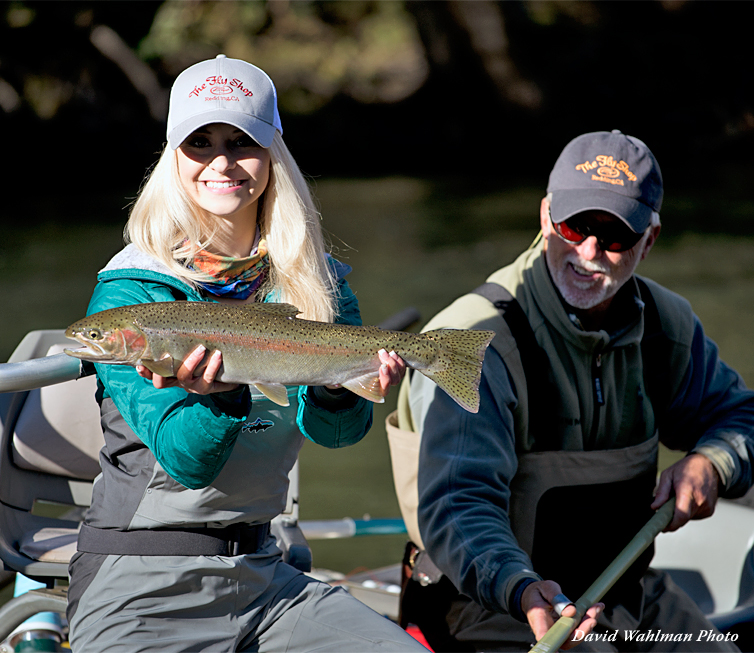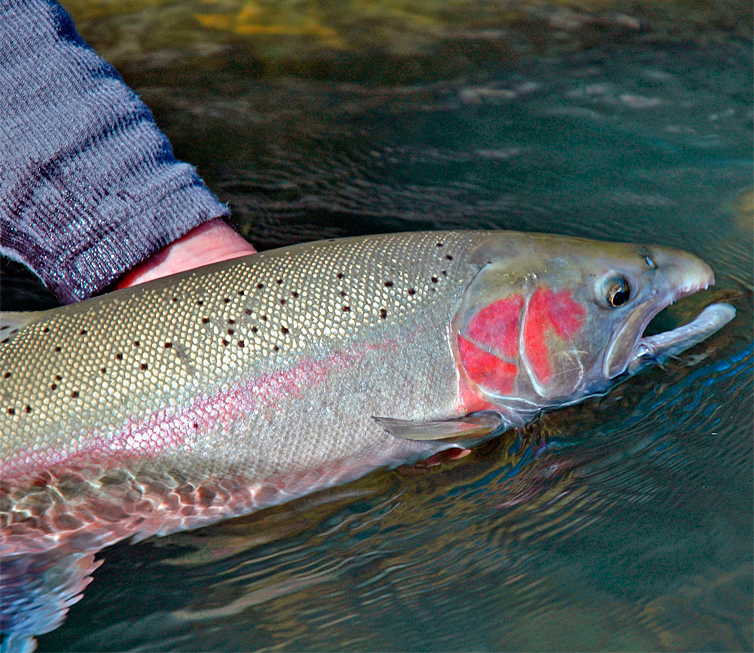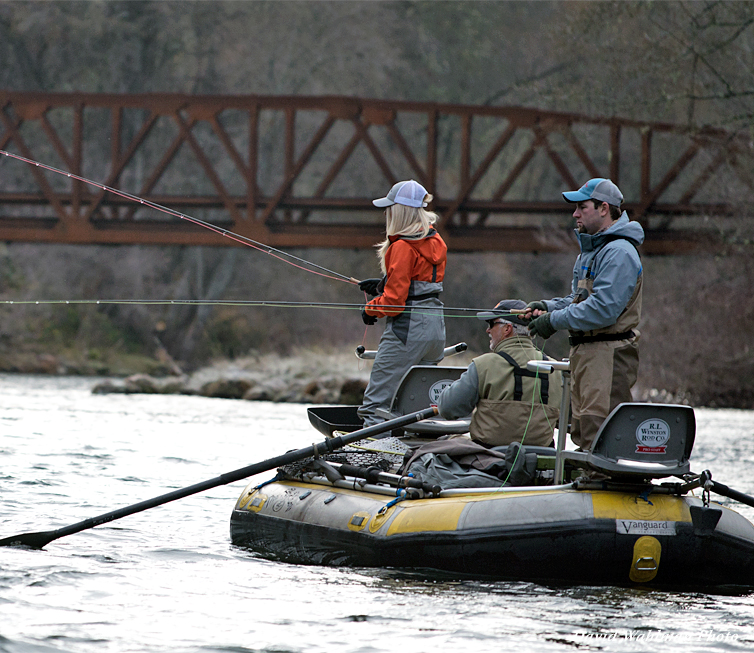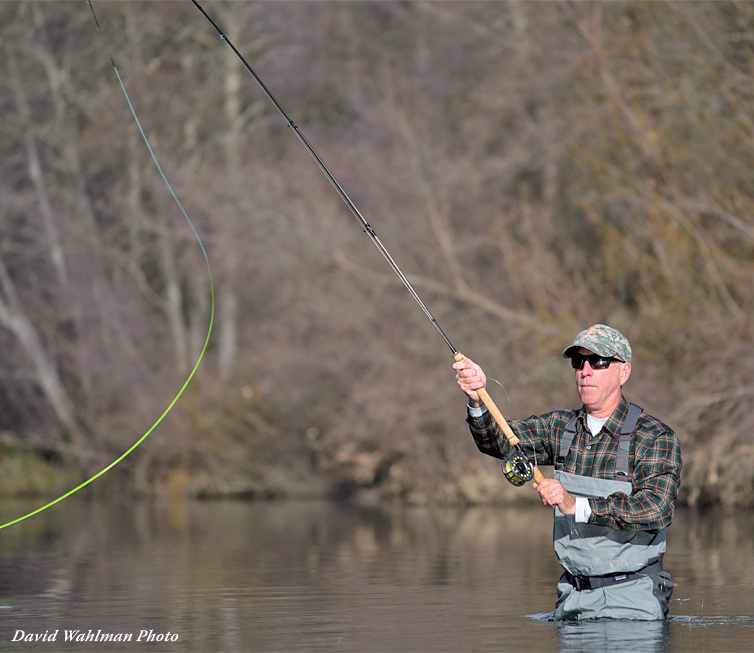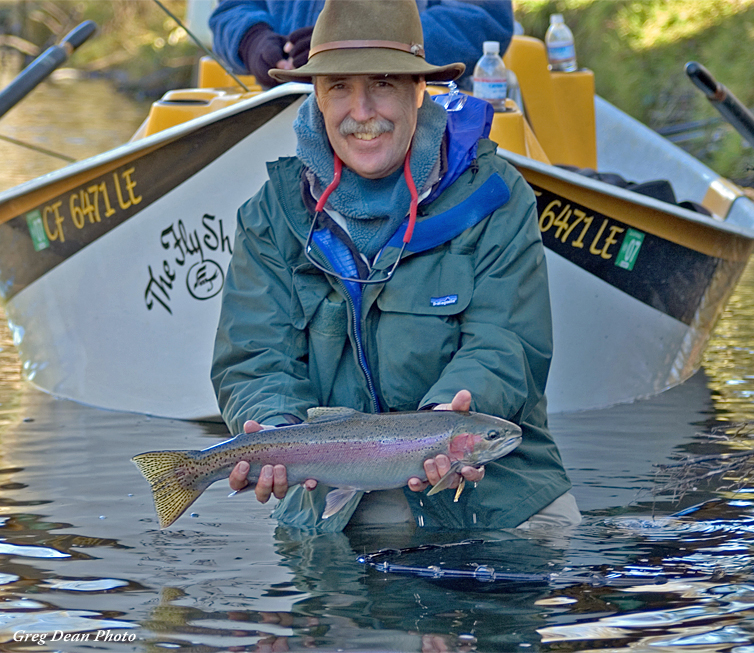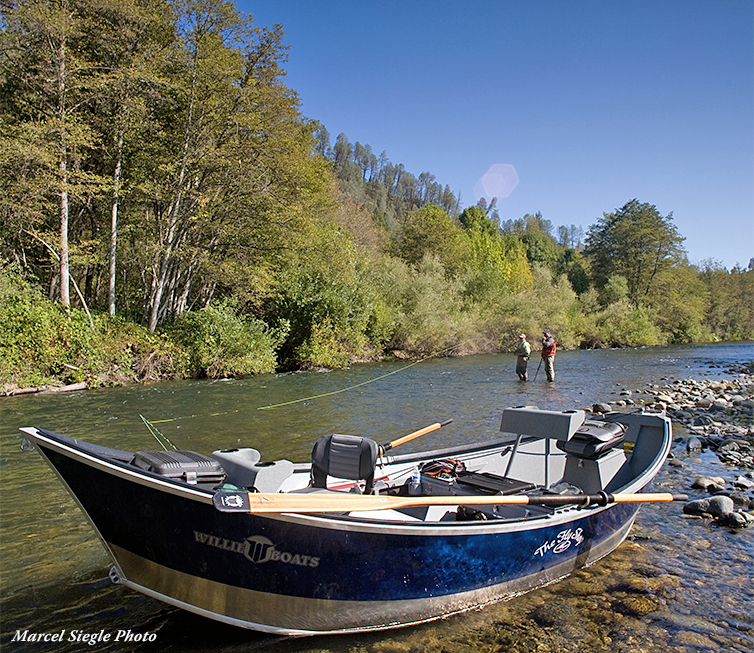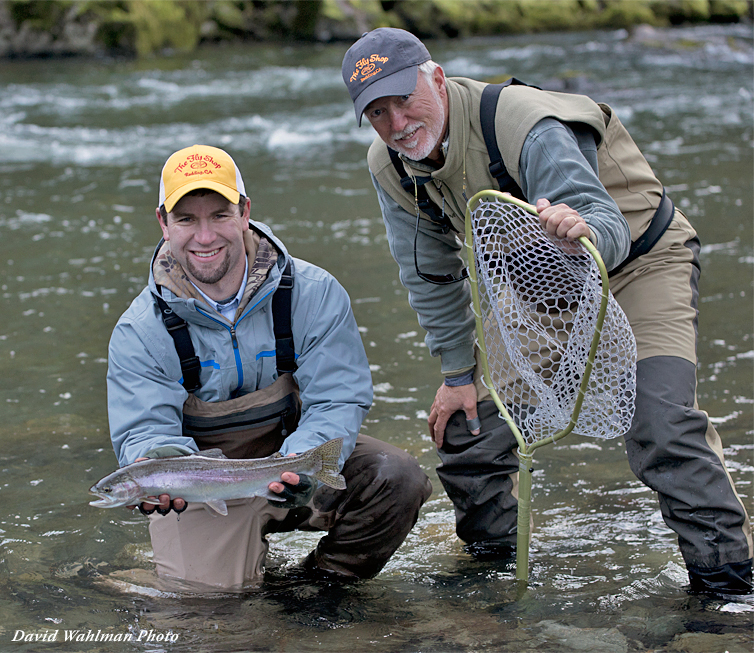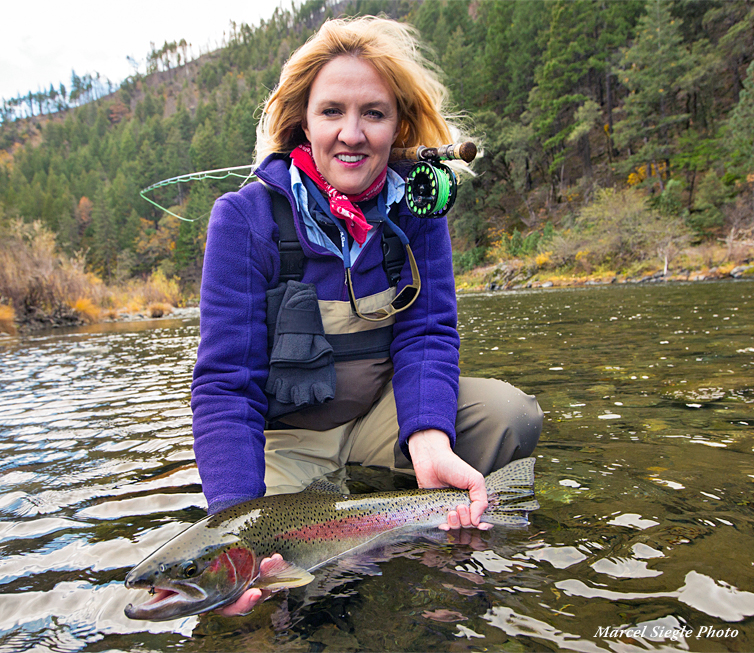Reservations & Rates
Rates (1-2 anglers):
• Full Day - $625/day (Package deal, including flies, tackle & equipment)
Inclusions
Included in your guided angling package on the Trinity River is 8-10 hours of guided fishing with lunch provided. Your guide will also be providing all the necessary terminal tackle (flies, rods, reels, lines, leaders, tippet, indicators, and split shot).
Non-Inclusions
Not included in your guided angling package on the Trinity River are fishing license (regular license and steelhead report card), waders, boots, and items of a personal nature.
Package Deal
All guided trips through The Fly Shop® will be Package Deals. Package Deals include the guide providing all the necessary terminal tackle for your trip (flies, rods, reels, lines, leaders, tippet, indicators, and split shot). You will still be responsible for any additional items needed for the trip such as waders, boots, wading staff, protective eyewear and proper clothing.

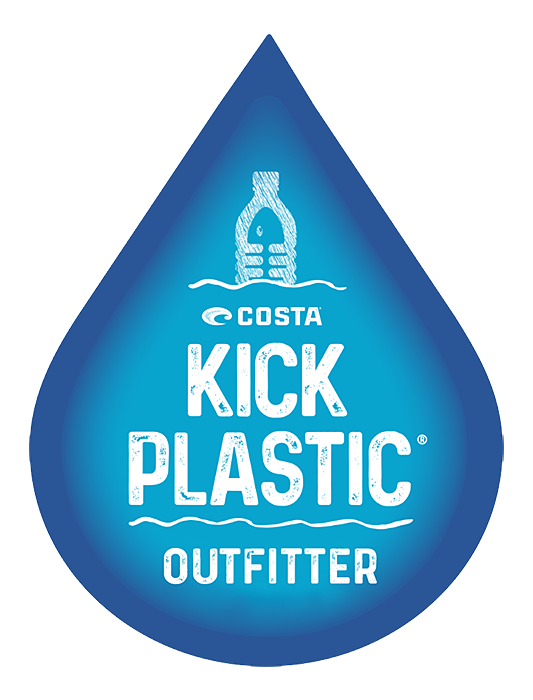 The Trinity River is arguably one of the finest steelhead streams in the West. It’s runs of anadromous fish were nearly decimated when Trinity and Lewiston Dams were completed in the 1960s, but recent restoration efforts along the river (Trinity River Restoration Program) have brought the steelhead back by the thousands, and recent years on the Trinity have boasted some of the finest runs and greatest steelheading in decades.
The Trinity River is arguably one of the finest steelhead streams in the West. It’s runs of anadromous fish were nearly decimated when Trinity and Lewiston Dams were completed in the 1960s, but recent restoration efforts along the river (Trinity River Restoration Program) have brought the steelhead back by the thousands, and recent years on the Trinity have boasted some of the finest runs and greatest steelheading in decades.